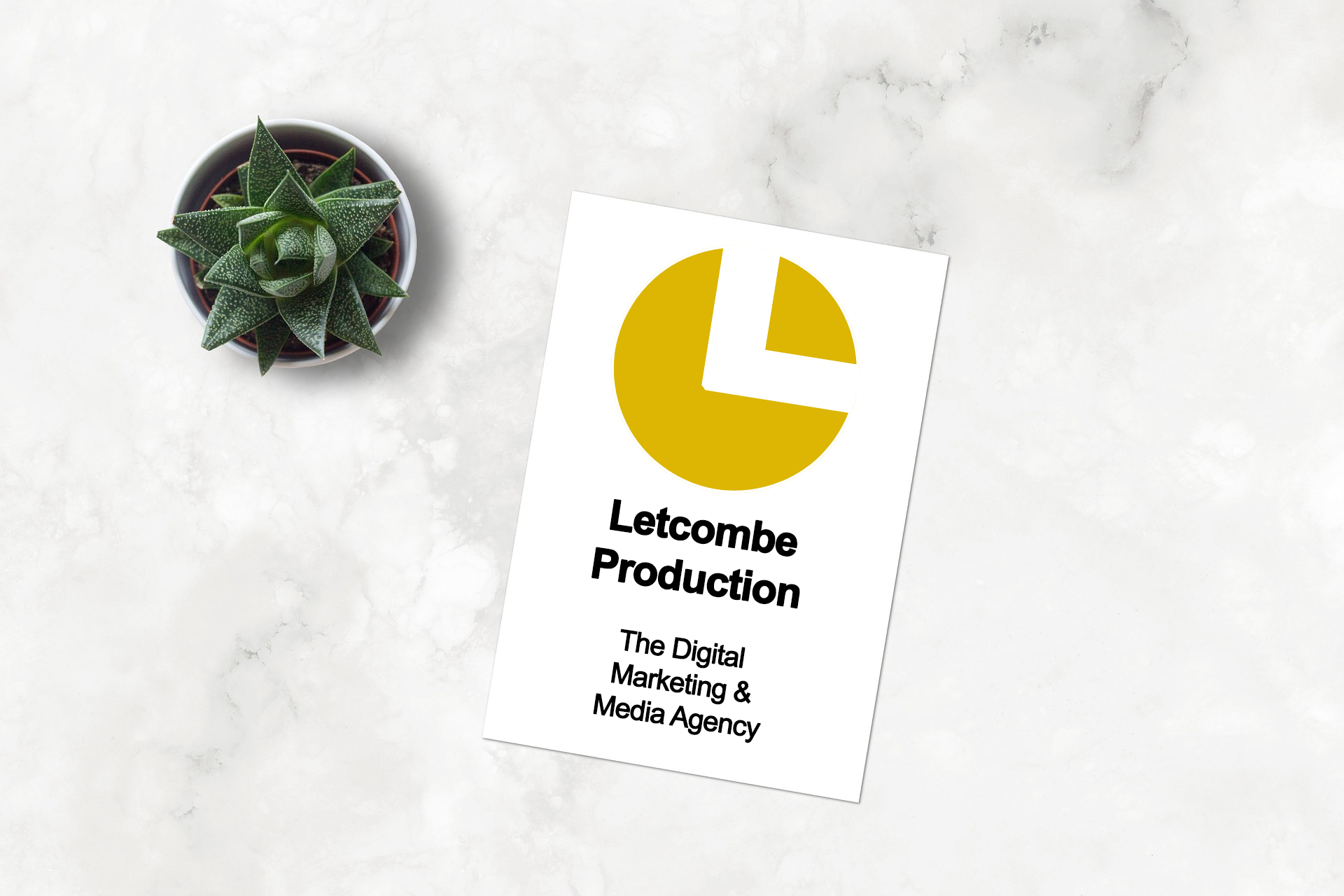Getting Your Crowd Involved – Increasing your business potential for individual artists and arts organisations
Having worked with several individuals and organisations in the arts and creative sector, we noticed a shortage of business development skills. Having identified the skill shortage, we thought we could address and raise awareness so that individual artists and arts organisations could understand and implement a straightforward plan to develop their practices.
To this end, we devised the SWTICH System together based on the mentoring and teaching we have done in the arts sector over past few years. It became obvious that artists of all genres are taught how to make great works but not how to sell, market or identify exactly what, how and why they do it.

What is the SWITCH System?
We wanted to ensure the system was as easy to remember as possible. We wanted to make it memorable. The SWITCH System discovers the Self that defines your way forward by getting your audience Involved. By telling your story, you will Create a movement that makes change happen repeatedly.
S – defining your SELF, who, why and what you do
W – finding the WAY, sharing your uniqueness & your work
I – getting your crowd INVOLVED, find out who they are
T– TELL your story that engages people to what you do
C – CREATE a movement, move your crowd
H – Making change HAPPEN, and keep it happening
TELLING your story – making it MAGIC
We’ve currently covered 3 of the 6 components in the SWITCH System. We’ve looked at how it is critical to know who you are in Defining yourSELF, building a plan around who you are and why you do it to achieve your goals and outcomes in Finding the WAY and looking at who you currently have in your audience, what they look like so that we can create personas for them and thereby get your crowd INVOLVED. Well in this post we are going to be looking at how to tell your story.
Making your stories MAGIC
Firstly lets introduce a little MAGIC into the equation. Now I can’t take personal credit for the invention of the MAGIC system – that falls to none other than Peter Guber, Chair and CEO of the multimedia Mandalay Entertainment Group. So what does MAGIC do in storytelling? Well let’s break it down into its constituent parts.
M is for MOTIVATION
Without motivation how can you move people? – Right you can’t. What we have to do is to demonstrate that we are motivated, this way we can show our crowd – or the person / people we are telling the story to that we have passion, we are motivated and therefore if we are motivated can we motivate you? Again, coming back to somethings that we have said before, your crowd want to follow you because their goals, interests and values align with yours, so if someone doesn’t want to come on the journey with you that’s fine, their goals, interests and values might not align. For those that do want to come on the journey you have to show them that its not just them taking a risk, you are on the journey with them and you need to show them you are! – show them you are motivated!
A is for AUDIENCE
Are your audience willing and ready to hear you? What are their interests – be audience centric – who are you talking to, what do they look and think like? Remember last time we talked about building personas – well this is where you can put those personas to work. Also as I’ve said before, we need to look at who are our audience – those who engage with us but don’t buy and our customers, those who do buy as the story we tell to each of them is more than likely going to be different – someone you are going to want to purchase from you could well have different reasons for wanting to engage with you than someone who is just a passive audience member.
We also need to remember who the audience is, we might think that it is always the public, well in a number of instances it’s not. For example, writers looking for an agent Now this might sound stupid and obvious but we tend to forget it. SO THINK WHO YOUR AUDIENCE IS and think WHAT ARE MY AUDIENCES NEEDS? – Obviously a publisher is looking for a return on their investment so you need to show them or tell them how they can get a return from you and not about how great the book is and the whole story. So tailor your story to fit your audience. But your story has to be real, authentic, and trustworthy – people can see straight through falsehoods so don’t try – please.
G is for GOAL
What are you trying to achieve? What is your goal and what is the expected outcome? Now I’ve used the singular for a reason, we are looking at ONE GOAL, ONE OUTCOME, as in, if you like, one Call To Action (CTA) per story. More than one CTA per story and the audience is confused – “What is it that you want me to do as you’ve told me 2 things to do already?” Remember when we touched on content and we said it had to understandable so that it is shareable – well think about this when you are defining your goal and outcome.
Now you might have a long-term goal different from the CTA, but the CTA should form part of that goal. The CTA should be part of your audience’s journey to reach your ultimate goal. – Make sense? Good.
But it is not just about you it is about your audience, your audiences goals and outcomes have to, as we’ve said before, align with your goals, interests and values so make sure your story conveys in an understandable way Why – there’s that word again, What and How you do what you do. The most important one here though is WHY – this is your high level motivation and the one your crowd wants to align with – what or how you do it might be of some interest but they are certainly not as critical as the WHY.
By knowing and being able to articulate your why you can demonstrate both your passion and your persistence. Remember your goals should be important to them to.
I is for INTERACTIVE
What’s the point in telling a story as a narrative? – how boring is that! No you need to add not only dialog but also movement – try to get your crowd involved in the story, ask questions, get confirmations from them that they understand or can recognise themselves in the story – create engagement. So my words of advice would be, make your audience participants and not passengers, you have to engage them emotionally, get them to ask questions but most critically GET THEM TO FEEL AS IF THEY OWN IT!
As we’ve said before though, getting them to feel as if they own it is fine, so long as they get to hear / read / watch the story in the first place so what we need to do is to make sure we are using the right channels to get the message out there. The channels where our audience gets their information. Again this comes back to the personas that we made as this will indicate where we need to interact with them – both online AND offline – no point in having a conversation or story that is solely online as you need the physical interaction too.
We also need to figure out whether we are using the right content for the right channel? I know I’ve said we need to think outside the box, and this is great BUT we have to make our crowd understand that this is us thinking outside of the box so that they will interact with it. So think about how you are going to convey that point – how will they understand and understand without loosing the meaning of the story or the method of communication.
C is for CONTENT
So what are we going to put into our story? Well that’s pretty much down to you. What I would say is that you have experiences, so use them. You know who you are and why you are doing it, so use your experiences to tell the story. Show and talk about the main characters, give them a voice, and mention how you have been through similar pains to those your audience has – don’t say it in that fashion but talk about your pains that relate to theirs. Going back to the example of the publisher you might think “How, what?” but think, this is where knowing who your audience is becomes critical. Think about the pains that they have to get over. Then talk about your journey, you’re the one who is on your journey so tell them about it – not all of it but one bit of it, what did it do to you, how did you find a new way, why is that important? Remember your goals, interests and values have to align with your crowds (and no we are not going to change our story to make ours align as that would totally defeat the objective) no we are giving them a choice, follow or don’t follow. Even if they don’t follow that’s not a problem, so don’t get upset about it as all it means is one of two things, either your goals, interest and values didn’t align or you were not able to articulate your motivation, goals, values, interests and of course, your why in a way that they understood.

Moving on
Moving on a bit, apart from the CTA we mentioned earlier, what is the main reason for telling your story to your crowd. Yes, as I’ve said it’s to get them to take an action to move you (and them) closer to your goal but what you are really looking for ultimately is for your crowd to tell the story for you.
So your story should be : Readable, Understandable, Actionable (but remember only one action or CTA per story) and Shareable.
Help with business development in the arts sector.

Ian Oliver
Head of Operations
Head of Operations at Letcombe Production I have been working in the arts and culture sector for over 20 years in Ireland. I am passionate about business development for artists and creatives as well as building totally inclusive societies.
Letcombe Production
The Digital Agency For Arts & Cultural Organisations


Letcombe Production is dedicated to the arts, creative and social enterprise sectors. Our website has dedicated reels on running your creative or artistic practice as a business, articles and opportunities for artists. In addition, we can organise digital media, marketing, project management, grant writing, application assessment, and tools to help you run your creative and artistic practice.
Working predominantly with arts and social enterprises, Letcombe Production can assist in all getting projects from idea to distribution. We can look after any size of project.


Trackbacks/Pingbacks